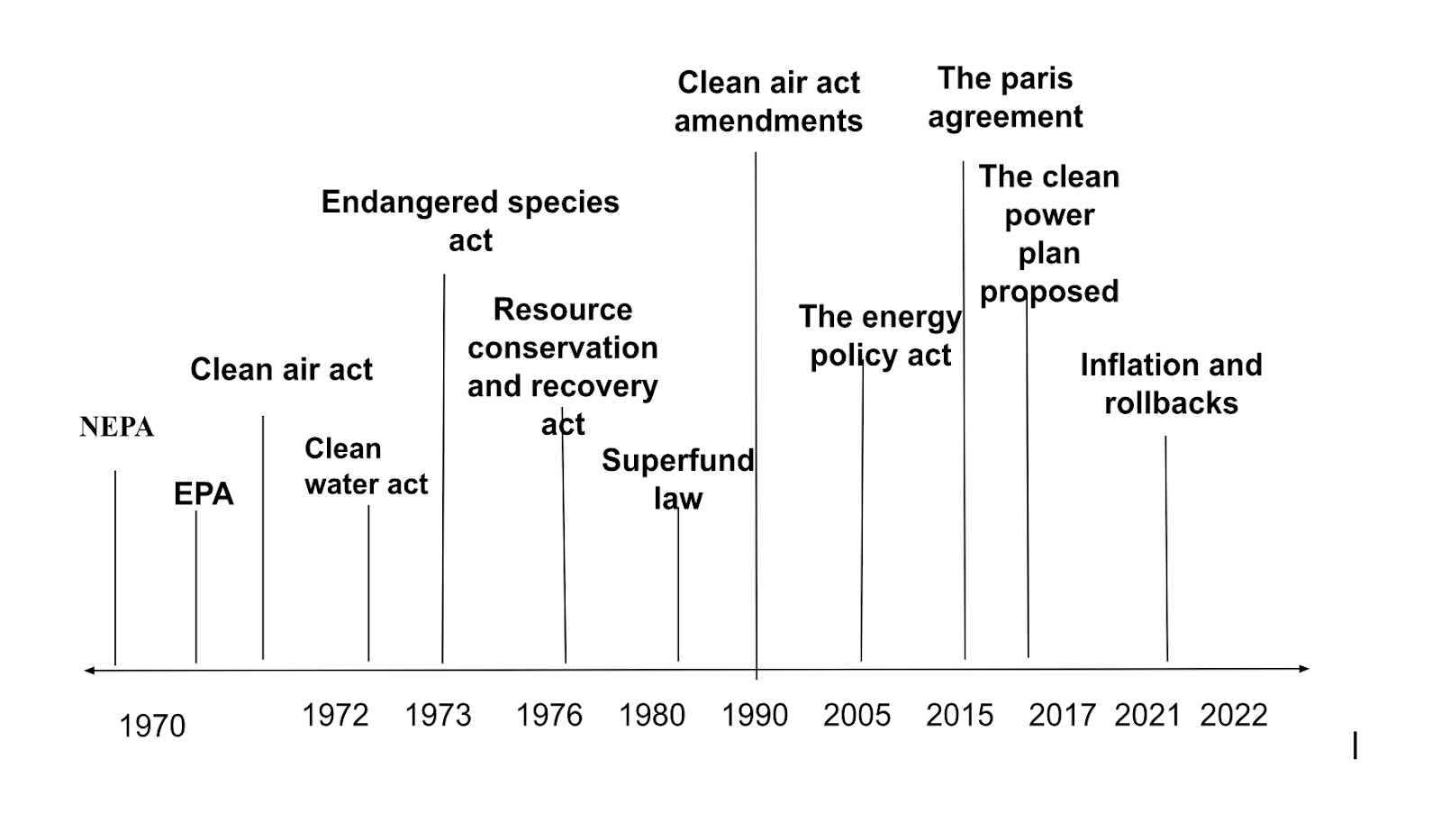2.3.1 Critical Thinking 6-Point
Six-Point Critical Analysis of Current Event My blog posting is available online at: 1. Exploratory Probe basic facts and knowledge found in the reading and video. ( What research evidence supports _________? Type up several facts and basic knowledge from the reading and video. Relate this to what you find in other resources, prior activities for stronger scores.) ) The video Tipping the Hat and the article by Fesenmyer (2016) describe collaborative efforts between the Bureau of Land Management, ranchers, and conservation groups to restore degraded riparian zones in the Intermountain West, particularly at South Fork Salmon Falls Creek, Nevada. They used a combination of rotational grazing and beaver reintroduction to improve habitat. This approach resulted in up to 40% more vegetation productivity in managed areas (Fesenmyer, 2016). The article also mentions that encouraging natural processes, such as beavers building dams, can be a cost-effective and ecologically sound me...
